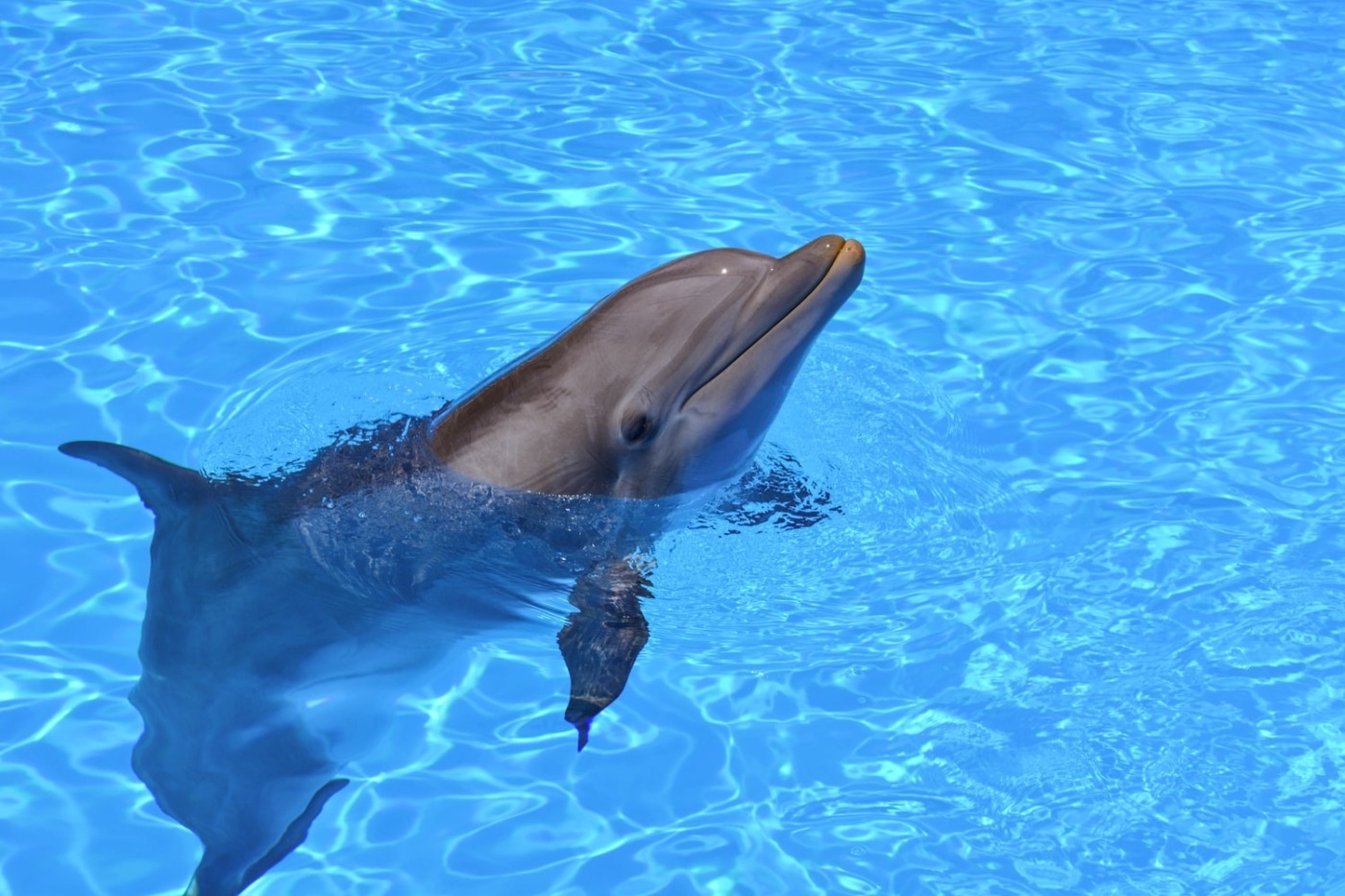How can robotics help prevent animal cruelty?
Large marine mammals such as dolphins and whales are often used for entertainment and education purposes in zoos and marine parks. In recent years, many of these parks have been accused of animal cruelty. However, an invention by Edge Innovations in New Zealand may have found a solution to this problem, one that could eradicate the need for live animals in the entertainment industry altogether.
Robot dolphins are exactly what they sound like. They look and behave like real dolphins; however, they can be controlled via a remote. The innovation came about due to the extreme ethical concerns which surround the idea of keeping large animals confined to a small space simply for our entertainment. Many zoos and aquariums which feature dolphin shows have seen a decline in numbers of visitors. This shows that consumers are becoming more aware of ethics too and hence having robot dolphins may even turn out to be more profitable.
Many zoos and aquariums which feature dolphin shows have seen a decline in numbers of visitors
The cost to produce a robot dolphin is £20.8 million. This is a huge amount of money and the reason why, so far, only one aquarium has agreed to purchase a small number of robot dolphins. However, in the long run this would turn out to be a cheaper and more sustainable option than keeping live dolphins. Firstly, robot dolphins don’t need to be kept in very specific conditions, nor do they require tonnes of fish. This keeps maintenance costs to a minimum. Also, robot dolphins are likely to outlive living dolphins. Dolphins kept in captivity typically live for only up to 20 years. However, in the wild dolphins can live for up to 50 years; therefore, captivity reduces their lifespan significantly. Another key cost that is avoided with robot dolphins is expensive veterinary fees. This shows how an investment into robot dolphins is not as costly as it might seem.
Money aside, having robot dolphins eliminates all ethical concerns. It means that live dolphins could be released into the wild and replaced by almost identical lookalikes which do not contribute to animal cruelty in any way. Some companies fear that using robot dolphins would take away from the experience of seeing a dolphin show. However, this is not the case as when robot dolphins performed a show to a test audience, the audience did not recognise that the dolphins were not real. Also, those with strong opinions against animal cruelty may be more inclined to visit a dolphin show if they know that no animals are harmed in the process of it.
The cost to produce a robot dolphin is £20.8 million
Offering an interactive experience of swimming with dolphins is much easier with robot dolphins. They will never swim away from you or injure you (very rare whilst anything is possible with live dolphins). Robot dolphins are made to be very approachable and will swim alongside you, responsive to commands. The insides of the dolphins have also been made to be as similar as possible to the real thing. This means that when you touch the dolphin, there would be no observable difference in the texture.
The hope of this new technology is that aquariums worldwide will convert to using robots rather than live dolphins. In the future, it will become more accessible but for now it is up to the developers to persuade companies that this is something worth investing in. This is a big step in technology and a great example of how you can have the same result without any animal cruelty involved.

Comments